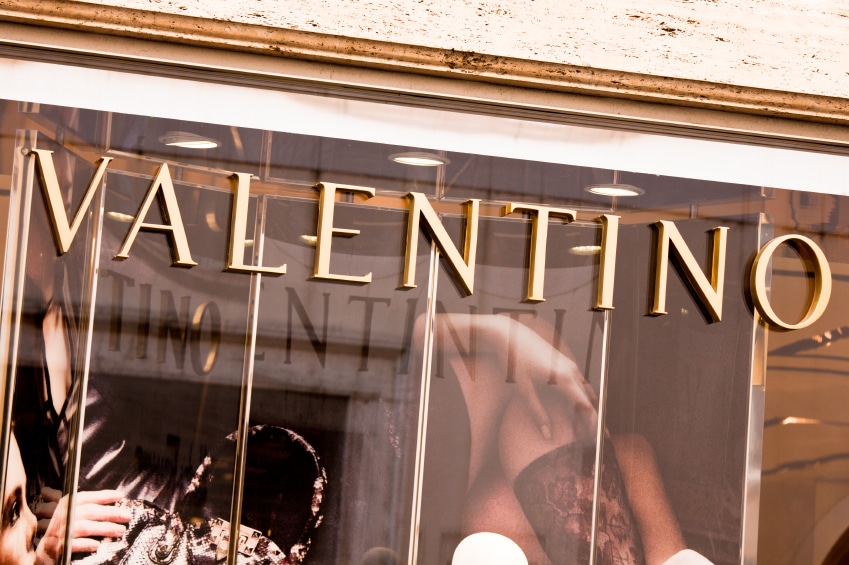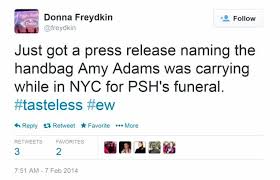You may want to file this away into your “conspiracy theory folder.” I just read a blog post from digital strategists/bloggers entitled “The Secret PR Checklist Powering Big Brands” that suggests PR pros have an “in case of death and destruction” card that they pull out to leverage during unfortunate events to bring attention to their brands.
The bloggers reference fashion labels UGG and Valentino using Philip Seymour Hoffman’s death to promote their products. UGG allegedly sent out gift bags to the late star’s celebrity friends in advance of Hoffman’s funeral (many speculated so the stars would wear the UGGs at the cold weather funeral in New York City), and Valentino promoted the fact that actress Amy Adams had a Valentino handbag at Hoffman’s wake.
The post claimed that these types of practices are nothing new, stating:
- In 2011, Kenneth Cole used the protests in Cairo to promote his spring collection. The Internet exploded.
- In 2012, CelebBoutique used the Colorado mass shooting to promote its dress, ending the tweet with a winky face. Nice.
- And it gets better. Piggybacking off of terrorist attacks wasn’t beneath Epicurious. They used the Boston marathon bombing to promote their breakfast recipes, twice, before deleting all offending tweets and issuing an apology that was impossible to take seriously.
- And in 2013, we again return to Kenneth Cole who obviously learned a lesson from his earlier offense (and from those poor, misguided businesses that followed), using the Syria crisis to promote footwear. And he confirmed he was doing it on purpose. But most don’t.
While the post may have been bang on about a few overzealous brands going to the dark side of PR, I have rarely experienced communications pros leveraging death or destruction to their brand’s advantage. Sure, there may be the outliers but to suggest this is some sort of regularly used secret checklist big brands keep in their back pocket is a bit extreme.


